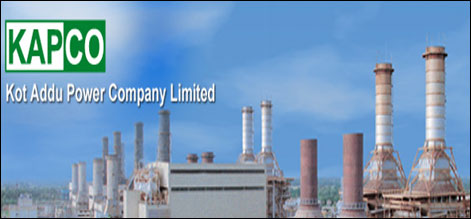LAHORE
The Kot Addu Power Company’s (KAPCO) 660MW coal power project has been put on hold, after a shift in government’s stance toward LNG-based energy production, despite the fact that KAPCO received Rs 221 million in funds, the officials privy to the development confirmed.
This project has been facing problems since the beginning. Kapco, Pakistan’s largest Independent Power Producer (IPP) incorporated a wholly-owned subsidiary KEL (Kapco Energy Limited) which was to set up a 600MW coal based power plant, back in 2014.
In terms of spread, Kapco pays more on overdue payables (Kibor +6 per cent) as compared to the amount that it receives on overdue receivables (Kibor +4 per cent).
However, the management has been efficient in monitoring its payables and receivables. “It opts to repay payables sooner and replaces it with short term borrowing, which is less expensive,” said the top officials.
Kapco registered an improvement in fiscal 2017 where load factor of the company grew by 8 per cent along with recovery in LHSFO price by 7.9 per cent, resulting in the top-line to surge by 28 per cent.
Other income grew by 5 per cent due to hike in overdue receivables which were Rs 72.4 billion in March as compared to Rs 58.7 billion, last year. On the other hand, overhauling of gas turbines and higher load factor caused GP margin to plunge by 4 per cent. Additionally, finance cost rose by 37 per cent due to an increment in short-term borrowing which was 11 per cent up to Rs 41.3 billion in fiscal 2016.
The top officials told that on account of fuel mix, the company entered into a soft agreement with SNGPL that would enhance its gas supply to the company which caused its fuel mix to change where annual generation based on gas stood at 28.8 per cent against the 5-year average of 6.2 per cent. They believe the trend was short-lived and may not continue in the future, where once again fuel mix would be heavily tilted towards furnace oil. This, in turn, may lead to an extension in fuel losses, given that FO prices are on the rise.
Officials claim that the consumption of furnace oil came down due to the availability of RLNG to the power plant. During the fiscal year, KAPCO showed improvement in capacity utilisation too, which is expected to stand at around 62 per cent versus 55-56 per cent in FY16.
Despite higher sales, the disproportionate increase in the cost of sales squeezed the gross margins, while the net margins too took a beating due to high finance cost and other operating expenses. However, lower administrative expenses and a boost in other income representing penal income supported the decline in the bottom line which pushed KAPCO’s earnings slowly by four per cent.




